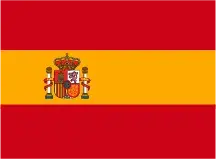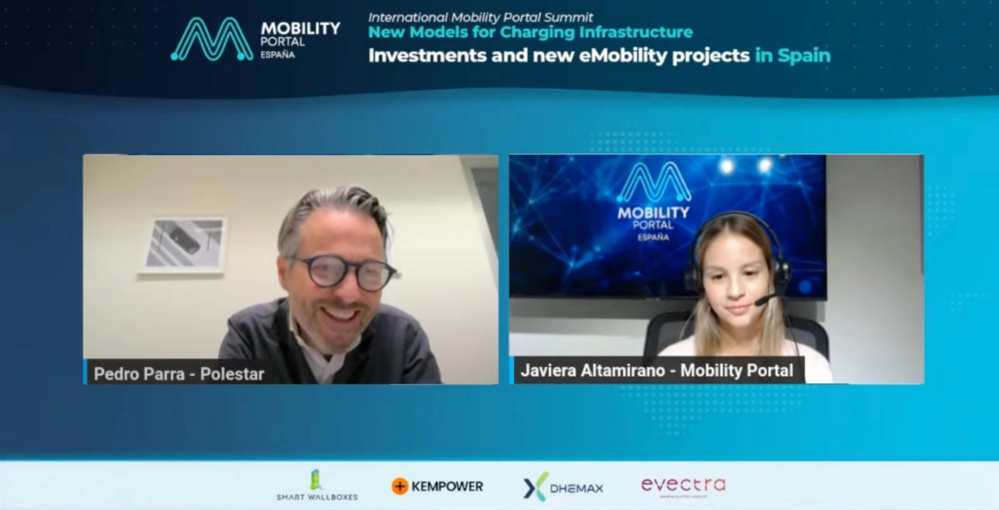
Without a doubt, one of the most anticipated innovations in the electric mobility sector is bidirectionality.
And apparently, witnessing this technology in Spain is becoming increasingly closer.
During the “Investments and new eMobility projects in Spain” event, organized by Mobility Portal España, Pedro Parra, Head of Sales at Polestar, anticipates:
“Our cars are leading the way, therefore, both the Polestar 3 and the Polestar 4 will incorporate bidirectional technology.“
The hardware is already integrated into the models, although it is not operational. It will be activated through a software update.
With the implementation of the Vehicle-to-grid (V2G) system, an electric vehicle can act as an energy storage unit from the electrical grid.
As well as transfer energy back.
In this way, it helps meet the growing demand for electricity, while reducing dependence on non-renewable energy sources.
Not only that, but it can also reduce the cost of owning an eCar by selling energy back to the grid, facilitating the transition to a sustainable infrastructure and at the same time making the vehicle profitable.
Studies conducted by Wallbox have shown that, by using this charging method, users can save up to 1,000 euros per year.
When will this novelty be implemented in Spain?
In the national territory, a regulation allowing the widespread implementation of this solution is still required.
It is expected that between 2024 and 2025, manufacturers in the sector will be able to align and introduce this new product to the market.
A report carried out by smartEn, in collaboration with independent consultants, warns about the complicated lack of coordination of technical requirements, one of the main obstacles to the development of this technology.
Furthermore, it determines that there are still areas for improvement in Spain.
Specifically, the number of charging points per 1,000 vehicles is worrying, with a total average of less than three.
Contrarily, in the country, there are more than 30,000 public charging points, with an average usage of 6 per cent.
“The stations on the roads are empty,” Parra indicates.
And he emphasizes: “We have been seeing negative messages for many years, but in 2023 more points have been installed than in the last four years.”
Therefore, he highlights the importance of changing the discourse, focusing on the obstacles that have already been overcome, highlighting communication as the main barrier.
“We must maintain a positive attitude and see the glass as half full. In Spain, we have achieved a lot, we have the necessary tools, and we are very good,” he emphasizes.



Another issue that the sector has already overcome, but remains an obstacle for many buyers, is the autonomy of automobiles, which has evolved considerably.
Polestar is increasingly growing the power of its models, offering a capacity of 655 kilometers.
This allows the car to go from 10 per cent to 80 per cent in just 28 minutes with a 205 kW direct current charge.
“Today we have electric vehicles with more autonomy than many internal combustion ones,” affirms the Head of Sales of the firm.
In this regard, the company is working on increasing the “refueling” speed, although it is currently in the testing phase, evaluating the possible degradation of the batteries.
As well as eliminating range anxiety.

To address this challenge, Polestar models incorporate the Google Maps function.
This allows the driver not only to locate the nearest charging stations, facilitating trip planning, but also to prepare the car before reaching the point.
In other words, it preconditions the battery in advance in order to optimize and reduce charging time.
This was the model with which Polestar landed in the Spanish market two years ago, to which the 3 was added and the 4 will arrive soon, a premium segment, for which the company is already accepting orders.
The next novelties will be the Polestar 5 and 6, which, according to Parra’s advance, will be vehicles of an even higher range, with great autonomy and a sporty design, characteristic of the brand.
Relive the event:








